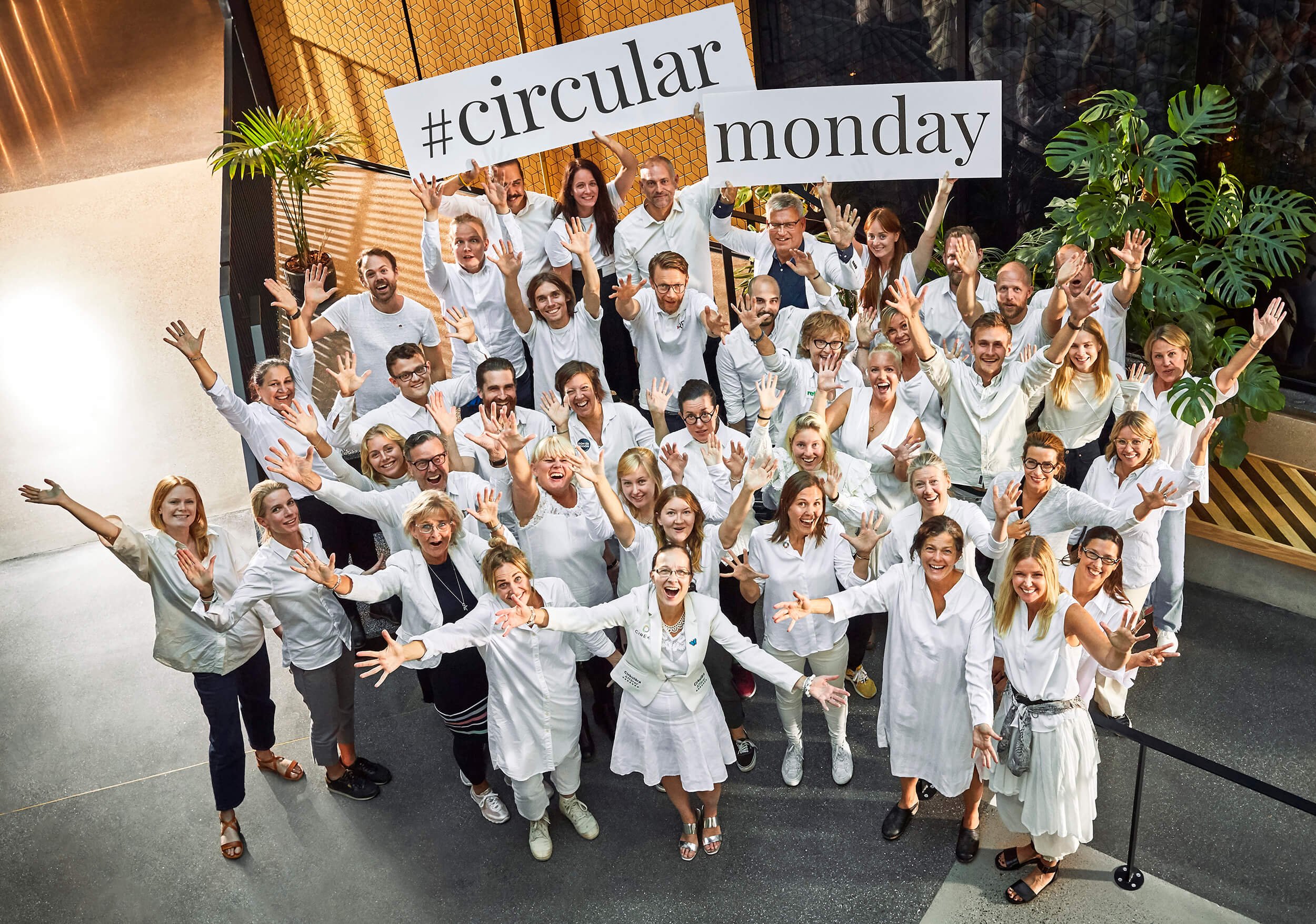Embracing Circular Monday: A Guide to Becoming a Circulent
In recent years, a growing movement has emerged that challenges traditional consumer habits and encourages a more sustainable approach to shopping. Circular Monday, a concept gaining traction worldwide, aims to reshape the way we perceive and participate in commerce. In contrast to the consumer frenzy of Black Friday, Circular Monday promotes conscious consumption and the circular economy. This article explores what Circular Monday is and offers tips on how individuals can become circulents—champions of sustainable and circular practices.
What is Circular Monday?
Circular Monday is a sustainable alternative to the traditional Black Friday, which is notorious for its focus on mass consumption, impulsive buying, and often wasteful practices. The concept encourages consumers to make thoughtful choices, considering the environmental and social impact of their purchases. The name "Circular Monday" reflects the emphasis on circular economy principles, where products are designed to be reused, repaired, and recycled rather than disposed of after a single use.
Tips for Becoming a Circulent:
Educate Yourself: Stay informed about the circular economy and sustainable practices. Understand the life cycle of products, the impact of fast fashion, and the importance of reducing waste. Numerous online resources and documentaries can help you grasp the concepts and make informed choices.
Support Circular Brands: Seek out and support brands that prioritize sustainability and circularity. Look for companies that use recycled materials, offer repair services, or have take-back programs for old products. By supporting these brands, you contribute to a more sustainable and circular economy.
Prioritize Quality Over Quantity: Embrace the mindset of quality over quantity. Instead of buying numerous cheap items, invest in high-quality products that are durable and designed for longevity. This reduces the need for frequent replacements and contributes to a more sustainable lifestyle.
Second-Hand Shopping: Explore the world of second-hand and thrift shopping. Buying pre-owned items extends their life cycle and reduces the demand for new production. Vintage and thrift stores offer unique finds while promoting a more sustainable approach to fashion and consumer goods.
Embrace Minimalism: Adopt a minimalist lifestyle by decluttering and only keeping items that bring value and joy. By avoiding unnecessary purchases, you contribute to reducing overall consumption and waste. Focus on experiences rather than accumulating material possessions.
DIY and Upcycling: Develop your do-it-yourself (DIY) skills and explore upcycling projects. Transform old or unused items into something new and useful. This not only reduces waste but also adds a personal touch to your belongings.
Recycle Responsibly: Be mindful of recycling practices and dispose of items properly. Familiarize yourself with local recycling guidelines to ensure that your waste is processed in an environmentally friendly manner. Consider upcycling or donating items before resorting to disposal.
Spread the Word: Advocate for circular economy principles and sustainable practices within your community. Share your knowledge and encourage friends and family to join the Circular Monday movement. By creating a collective awareness, you contribute to a broader shift towards sustainable living.
Circular Monday offers a compelling alternative to the consumer-driven frenzy of traditional shopping events. By adopting circular practices and embracing sustainable living, individuals can become circulents—champions of a more responsible and eco-friendly approach to consumption. Through education, conscious choices, and community engagement, we can all play a role in creating a circular economy that benefits both the planet and future generations.



